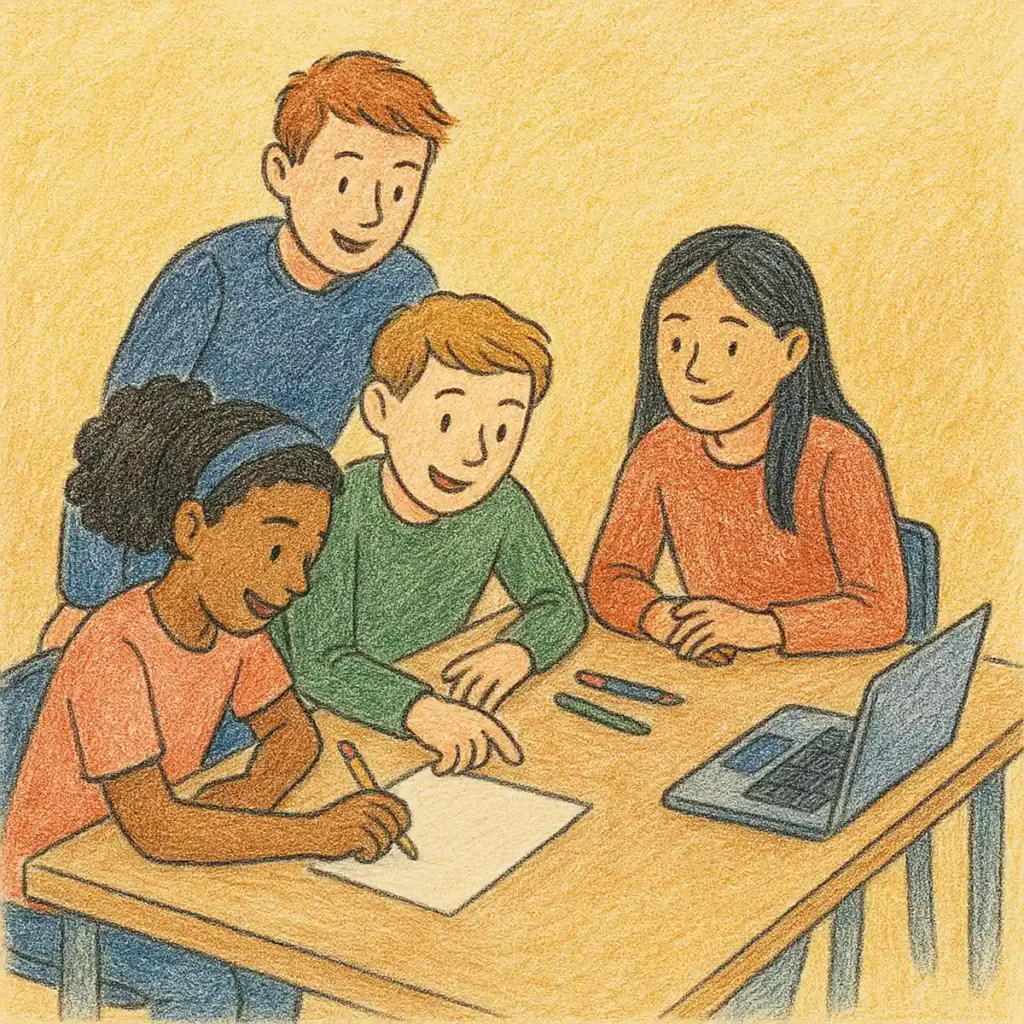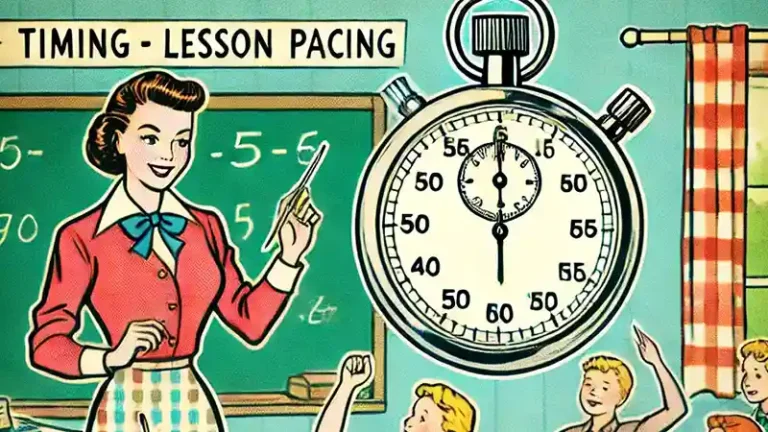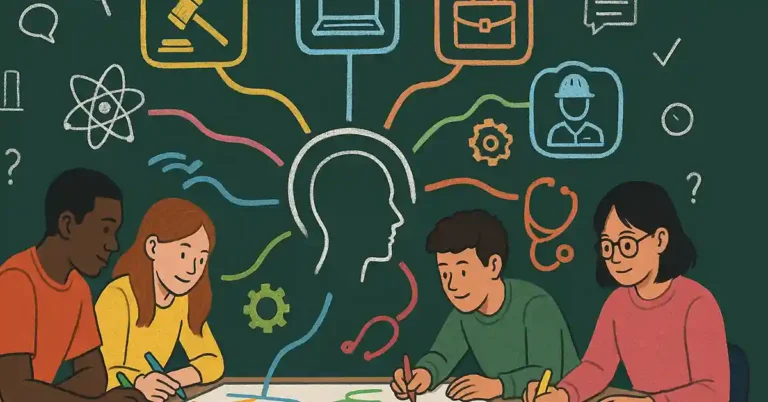How to Get Students to Do Work: 9 Effective Tips for Teachers
As teachers, we’ve all experienced the frustration of students simply refusing to do their work. I’ve been there countless times, standing at the front of my classroom wondering how to get students to engage in assignments without feeling like I’m pulling teeth. Through trial and error—and more coffee than I’d care to admit—I’ve learned several strategies that genuinely motivate students to participate. If you’re battling student inertia, here are nine proven tips on how to get students to do work consistently.
1. Set Clear Expectations
One thing I’ve learned is that ambiguity breeds procrastination. Clearly communicate what you expect from students right from the start. Outline specific tasks, deadlines, and how assignments will be evaluated. Students thrive when they understand exactly what’s required and why it matters.
2. Create a Structured Environment
Consistency is comforting. A predictable, structured classroom environment helps students understand routines and reduces anxiety about what’s coming next. When students know the daily expectations, they’re more likely to settle in and complete their work without prompting.

3. Provide Choices Within Assignments
Choice is an amazing motivator. Allow students to pick topics or methods of completing assignments. Whether it’s choosing between writing a traditional essay, creating a podcast, or designing a visual presentation, providing options can dramatically increase student engagement and willingness to work.
4. Make Work Relevant
“Why are we doing this?”—it’s a question teachers hear all too often. Connect lessons to students’ lives, interests, and future aspirations. When students see how the work matters beyond the classroom, motivation naturally follows. I once had a class create their own businesses, and the real-world application sparked genuine excitement and effort.
5. Encourage Goal Setting
Helping students set personal, achievable goals can transform their attitude toward work. Small milestones make large projects feel manageable and build confidence. Regularly revisiting these goals keeps students accountable and reinforces progress, creating momentum that leads to consistent effort.
6. Offer Frequent Feedback
Imagine completing a marathon with zero encouragement along the way—not very motivating, right? Similarly, students need frequent feedback to stay engaged. Regular, constructive feedback helps students understand their strengths, recognize areas for improvement, and feel supported in their academic journey.

7. Foster a Collaborative Classroom Culture
Teamwork isn’t just a catchy motivational poster; it’s essential for sustained engagement. Group activities and peer collaborations often motivate students who might otherwise tune out. Working collaboratively helps students develop social skills, learn from one another, and remain accountable.
8. Introduce Healthy Competition
A bit of friendly competition can go a long way. Gamify learning through quizzes, challenges, or classroom competitions. I’ve seen students who normally show little interest become incredibly enthusiastic when competing for rewards, even if it’s just classroom bragging rights.
9. Show Enthusiasm and Interest
Your attitude toward work sets the tone for the classroom. Genuine enthusiasm is infectious—when you’re excited about a lesson, students notice and often reflect that enthusiasm. Take time to personally connect with students, show interest in their progress, and celebrate their successes, however small.
Final Thoughts
Figuring out how to get students to do work consistently involves a combination of structure, relevance, support, and enthusiasm. While there’s no one-size-fits-all approach, these strategies have transformed my classroom experience and significantly improved student participation. With patience and persistence, you’ll soon find that getting students engaged isn’t just possible—it’s highly rewarding.







